Global Registrations for market access
Each medical device (MD and IVD) needs to be registered in a regulatory area/country before being able to start selling the device there. Each area has their own requirements and procedures. We have registered low and high-risk medical devices in the EU and in nearly 50 countries worldwide. Save your precious time and contact us!
Global Registrations
Ideally, a market entry strategy has been planned as early as possible to make sure that technical documentation will meet the specific requirements of each area.
Registration is the key phase of any medical device market entry process as development is costly and the to-market time should be as short as possible.
The definition of a medical device varies between countries/regulative areas so a medical device within the EU may not be recognized within the USA. A regulatory plan should be planned for each market area.
CE registration
In the European Union (EU), medical device manufacturers need to show their compliance with MDR or IVDR and with the General Safety and Performance Requirements (GSPRs). Based on the risk class of the device (I, Im, Ir, Is, IIa, IIb, III for MDR or A, B, C, D for IVDR) one of the applicable conformity assessment procedures must be used.
For risk classes that need the involvement of a Notified Body, a certificate of conformity together with a Declaration of conformity and an affixed CE mark is needed (+ items required in the conformity assessment procedure).
For device classes that do not need a Notified Body, a Declaration of Conformity and an Affixed CE mark are needed (+ items required in the selected conformity assessment procedure).

US FDA registration
There are no Notified Bodies in the United States as there are in Europe. If you are planning to sell MD or IVD devices in the US, owners and applicable operators will need to register and provide a list of devices. The documentation needed to support the safety and efficacy of the devices is based on risk classes I, II or III and the product code. There are also non-classified devices.
FDA sales approval, premarket approval, or just approval refers to the process for non-exempt devices. FDA will review the technical documentation and there are several submission options available, while the most common are 510(k), De Novo or PMA.
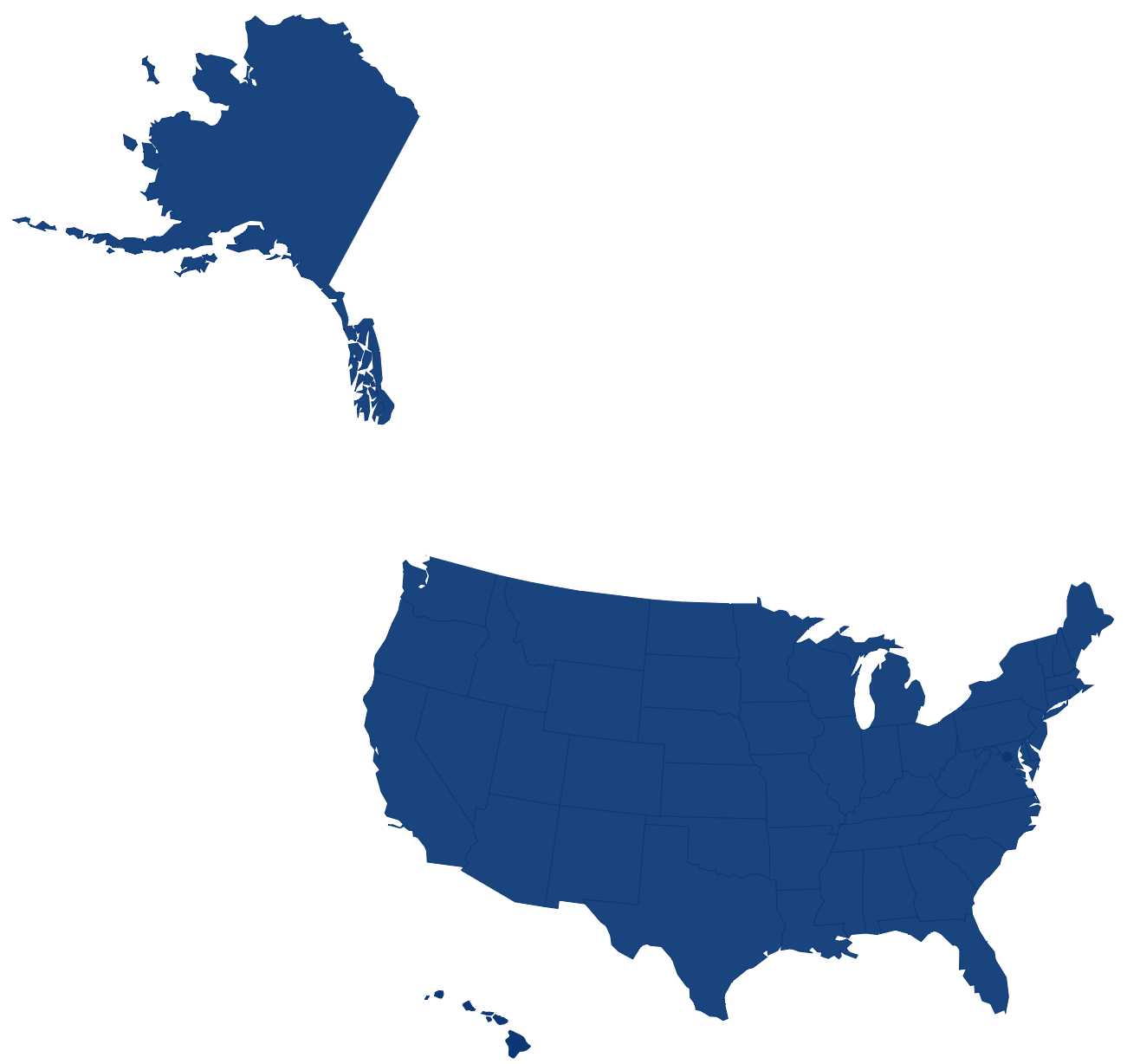
Registration in the rest of the world
Medical devices need to be registered separately in each country outside of the EU since every country has its own medical device regulations. Having an EU CE mark and/or FDA clearance/approval will often make these registrations easier and more straightforward. Each country typically requires a local presence i.e., an office or an agent.
We have expertise in registering devices in, for example, the following countries in addition to the EU and USA:
Argentina, Australia, Brazil, Canada, China, Chile, Colombia, Costa Rica, Dominican Republic, Ecuador, Egypt, El Salvador, Guatemala, Honduras, India, Indonesia, Iran, Iraq, Israel, Japan, Malaysia, Mexico, Nicaragua, Panama, Peru, Philippines, Russia, Saudi Arabia, Singapore, South Africa, South Korea, Sudan, Syria, Taiwan, Tanzania, Thailand, Turkey, Ukraine, United Arab Emirates, Uzbekistan and Vietnam.
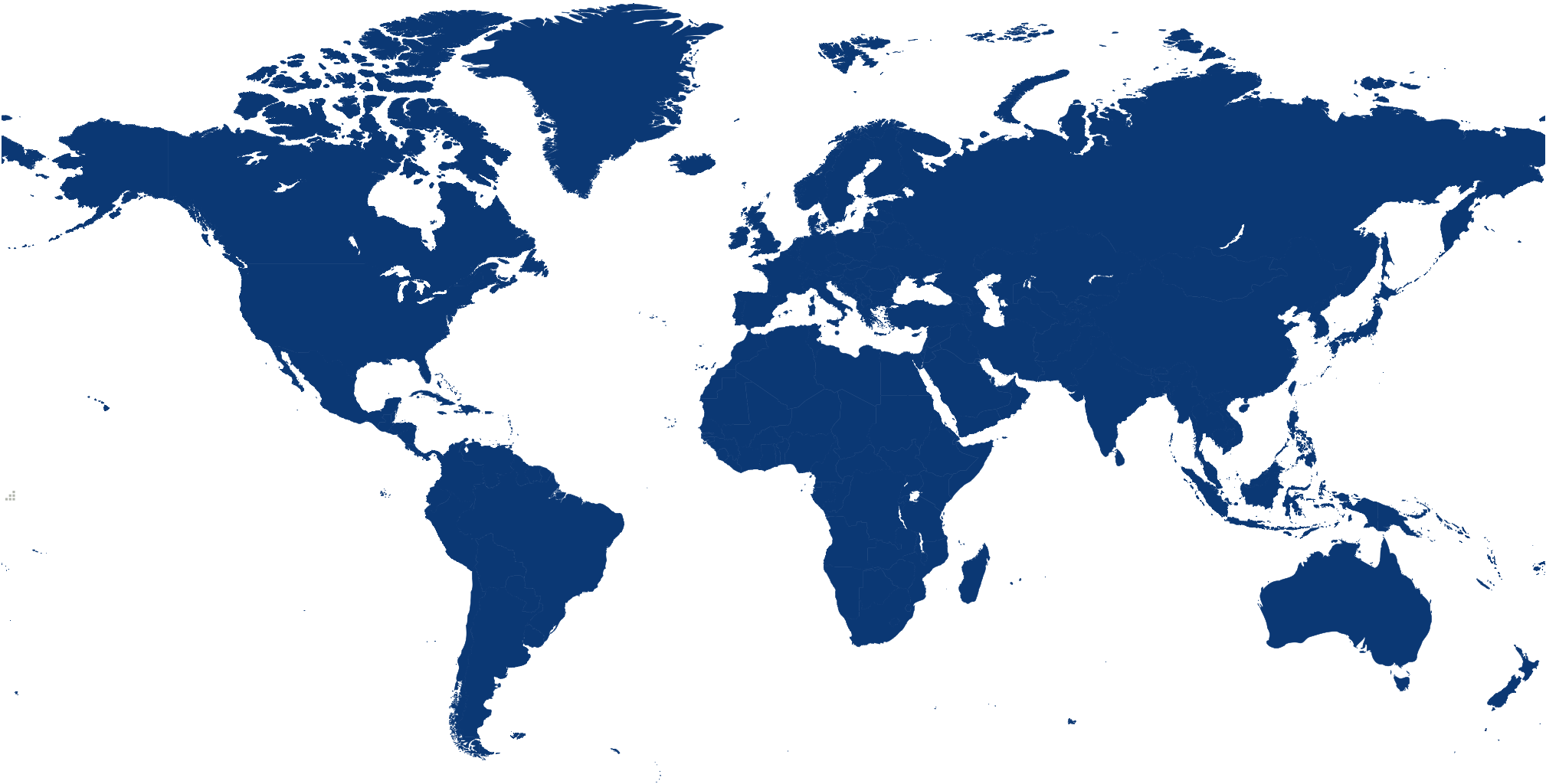
Explore our services

Regulatory plans
Our experienced professionals help medical device manufacturers develop regulatory plans that support their entire product lifecycle.

Technical documentation
All medical devices must have documentation available to support its compliance to applicable regulations. Aurevia supports you in planning and developing your technical documentation.

Electrical Safety IEC 60601
IEC 60601-1 is the basic international safety standard for medical electrical devices and systems.
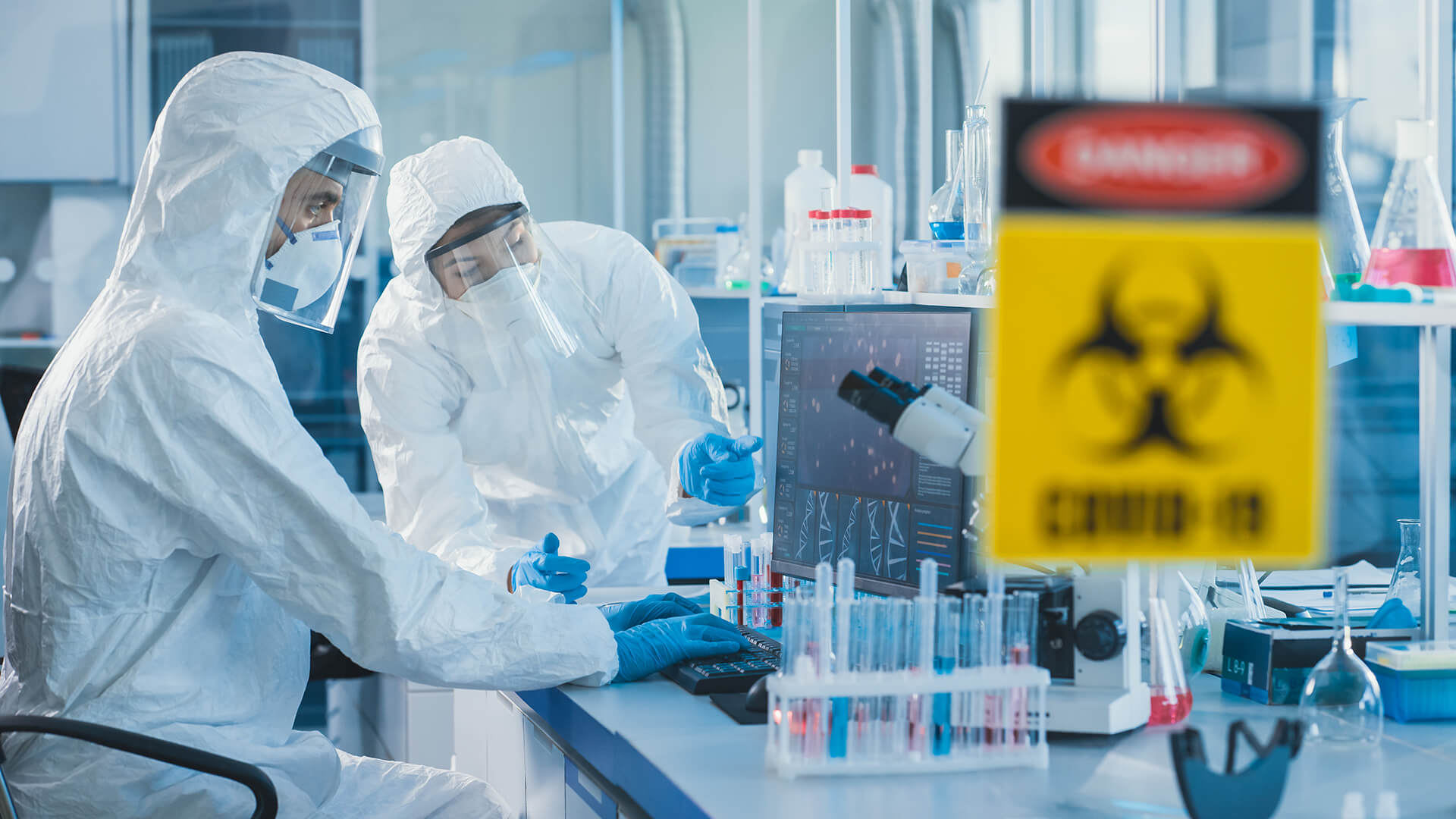
Biological Safety ISO 10993
The international standard for the biological safety evaluation process and preparing biological evaluation documentation for medical device manufacturers.
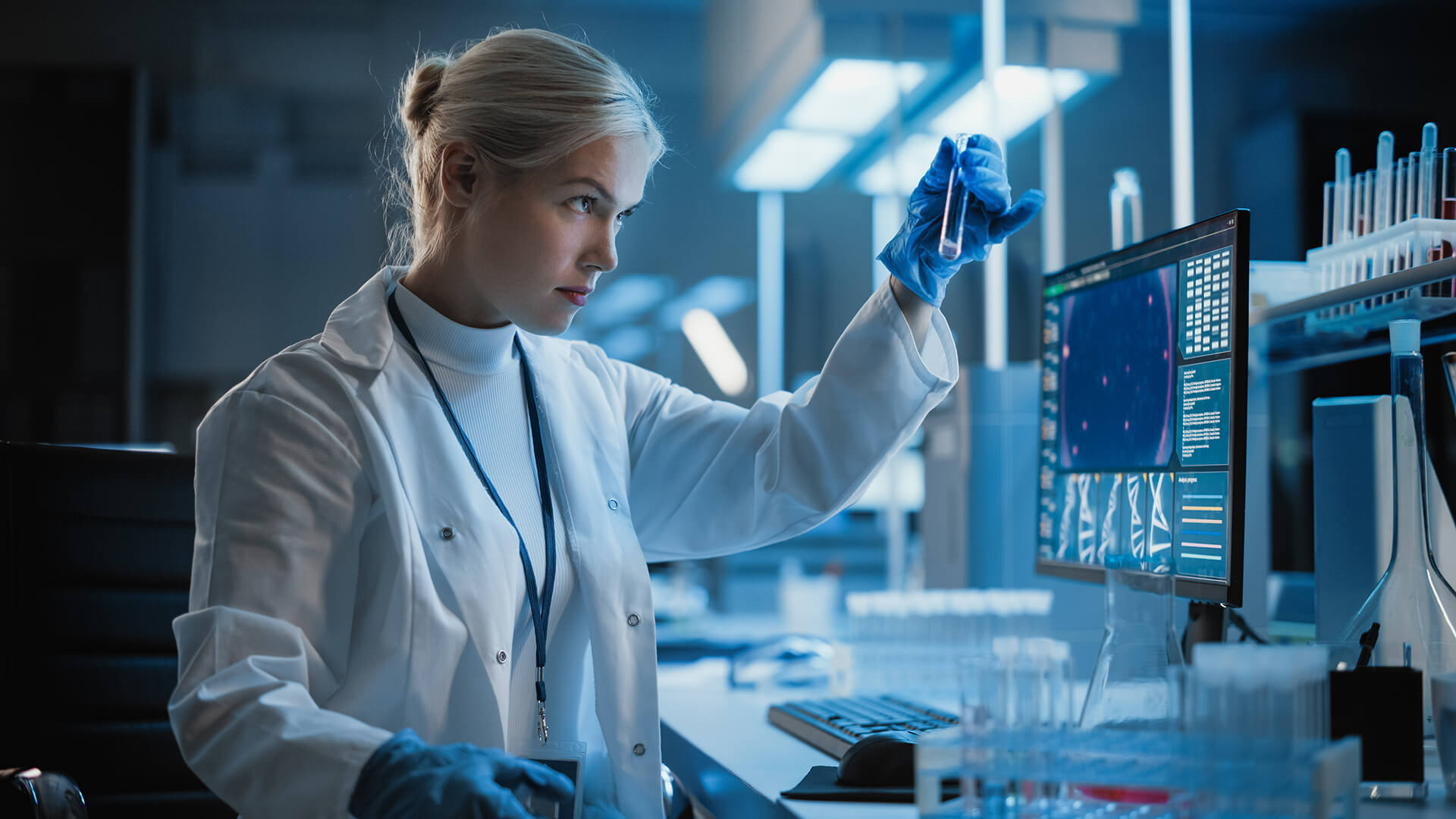
IVDR compliance for in-house developed tests
Laboratories developing IVDs in-house must maintain technical documentation and Quality Management Systems to comply with the IVDR and national law.
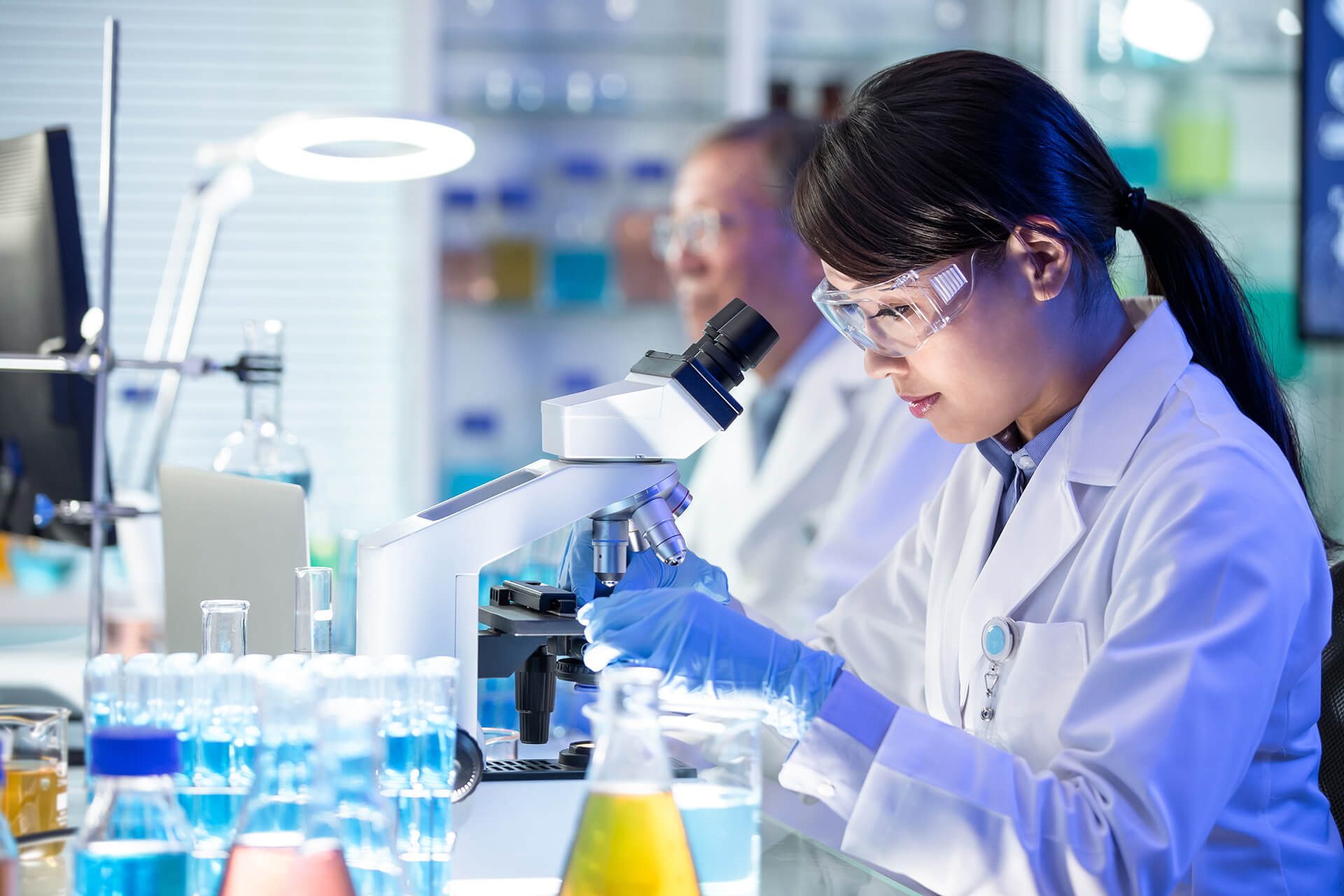
IVD performance evaluation
In vitro diagnostic medical device (IVD) regulations are set in the EU In Vitro Diagnostics Regulation (IVDR).
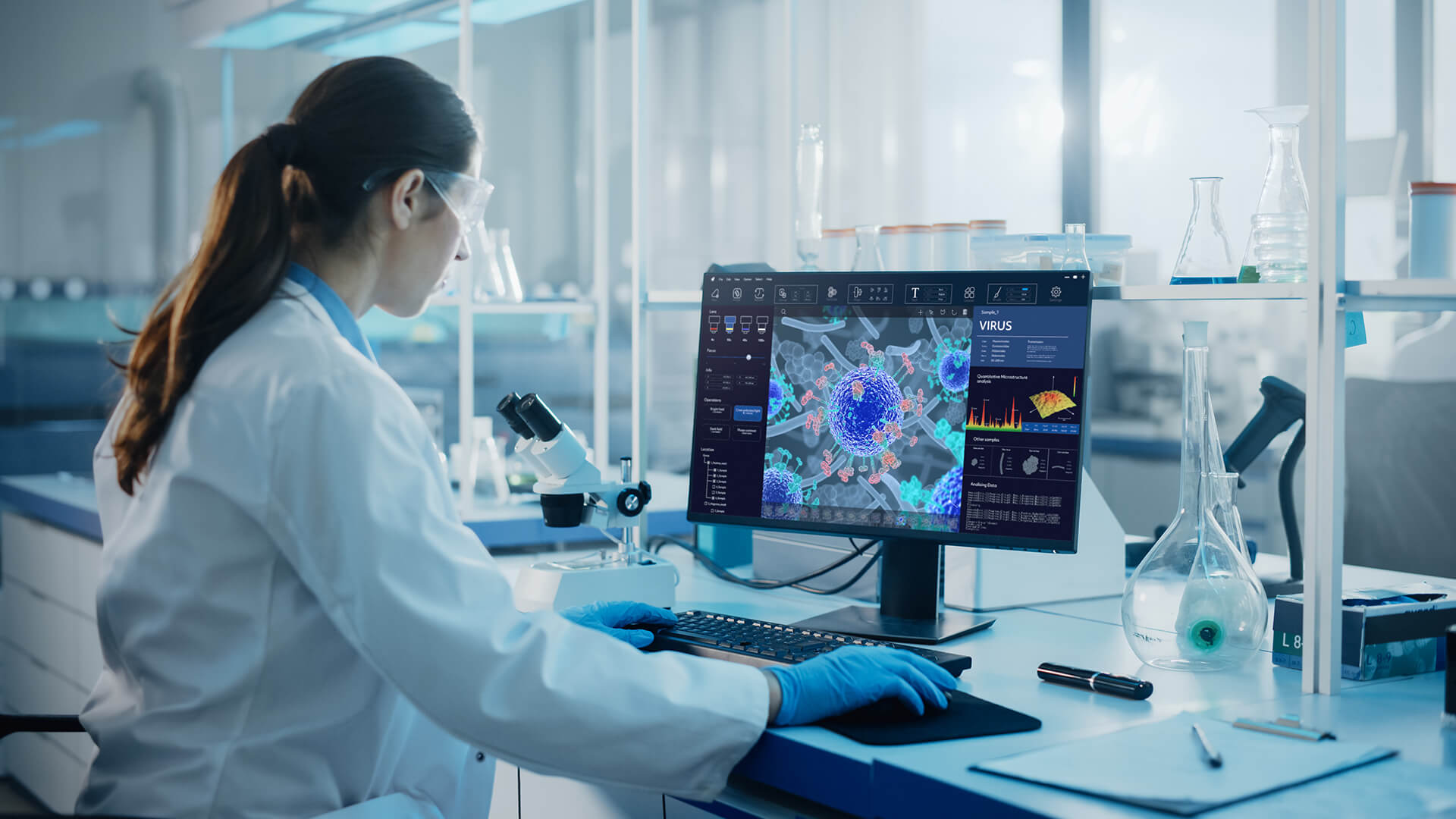
Qualification and classification of medical devices
Our team’s versatile experience and the available tools help in bringing clarity to the most challenging cases.
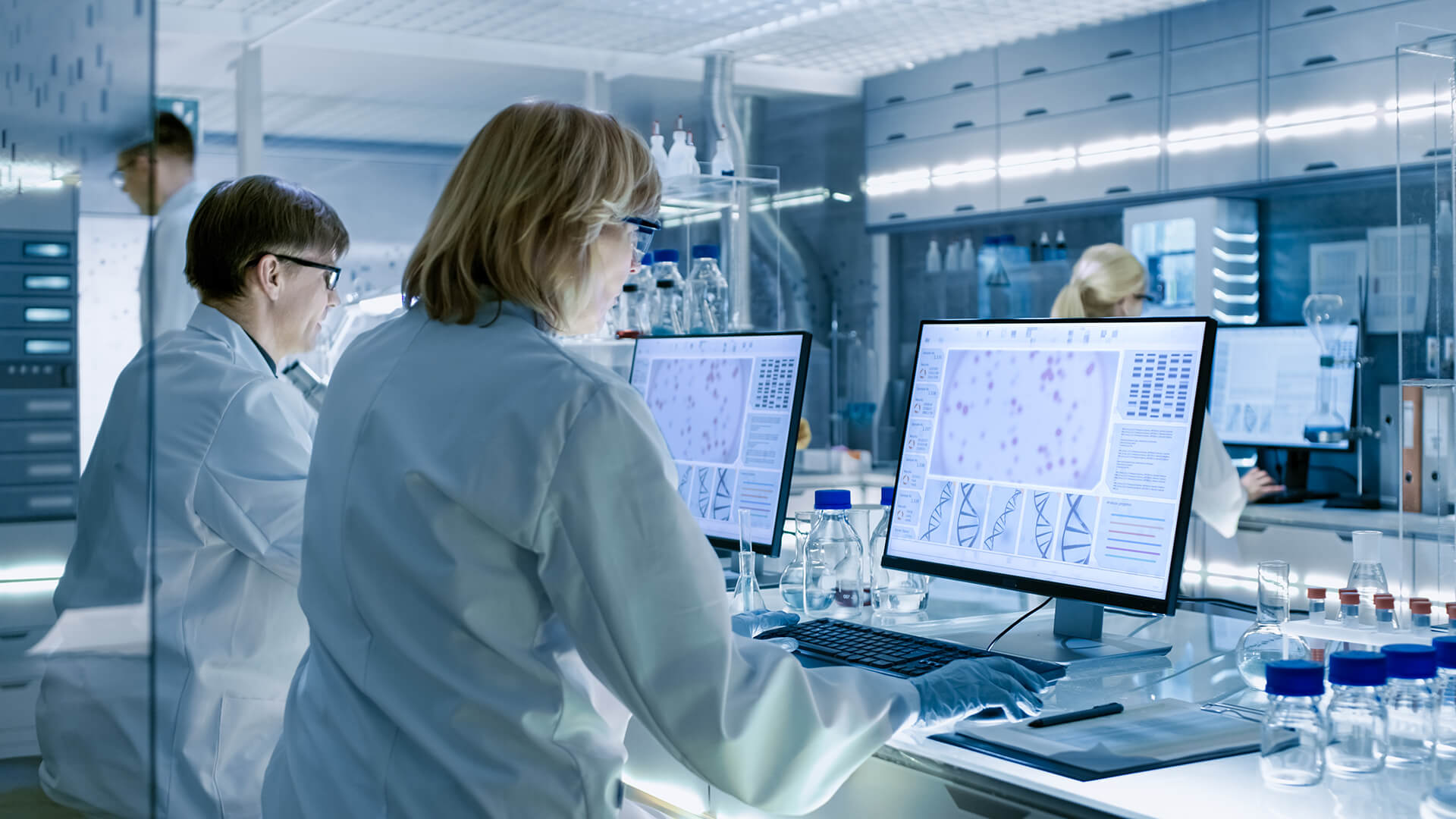
Medical software
Let our experts help you understand and adhere to medical device software regulations throughout the entire lifecycle.
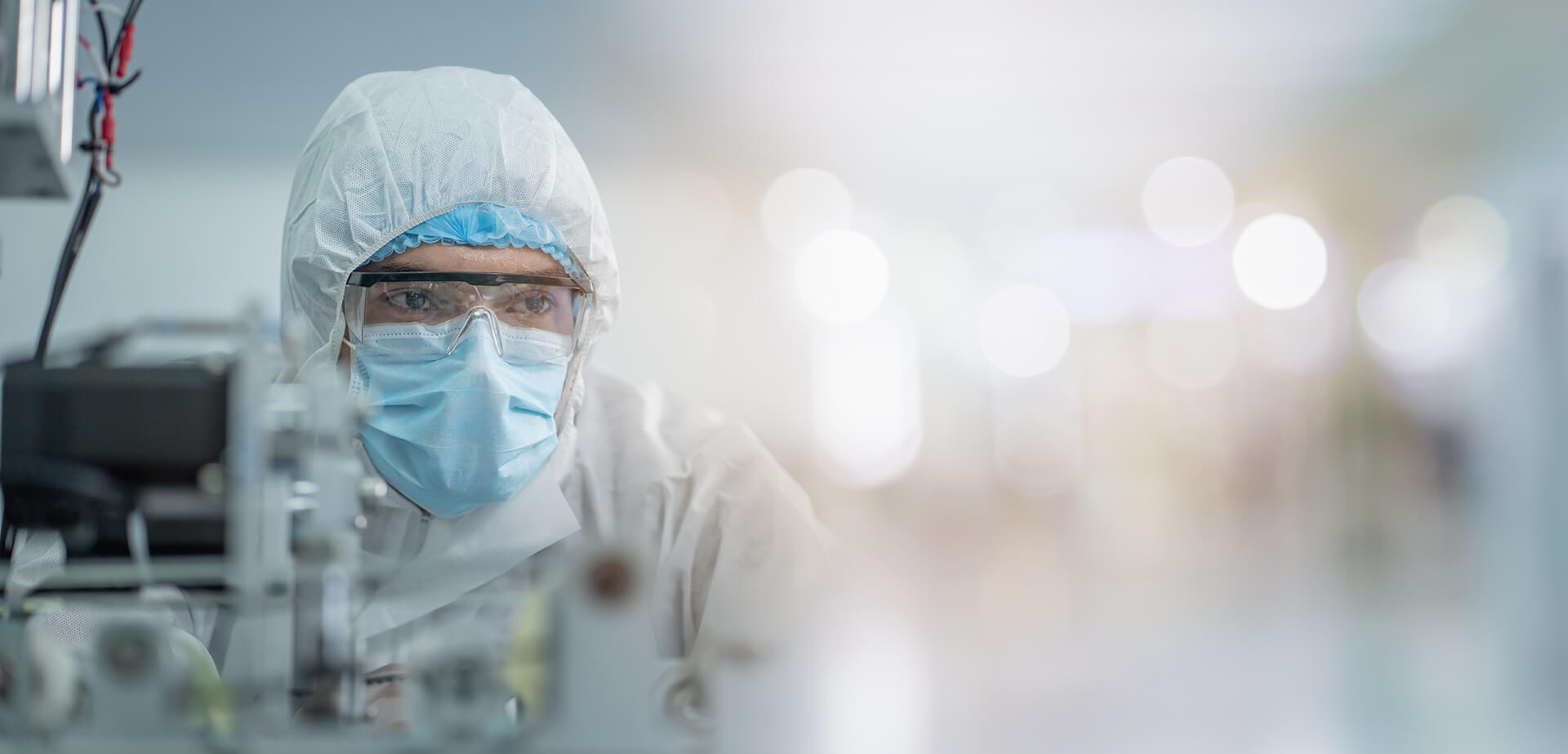
Risk management ISO 14971
We can help you setup and implement a risk management system and prepare risk management documentation.
Latest news


QAdvis and Scandinavian CRO join Aurevia to strengthen clinical research and regulatory expertise
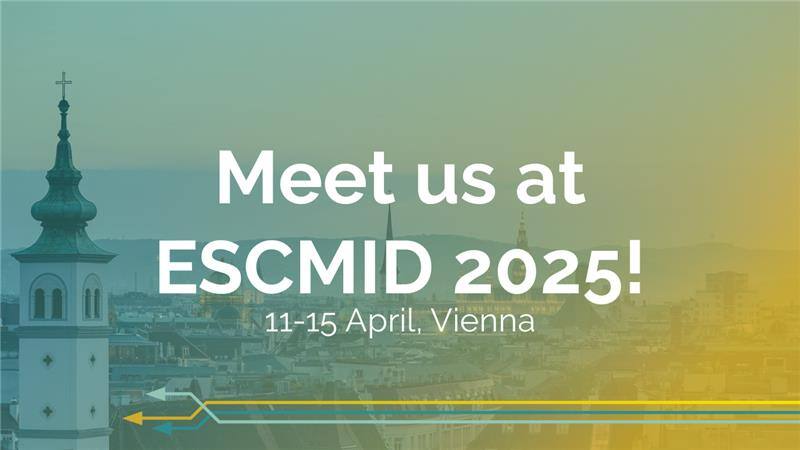
Meet us at ESCMID 2025 in Vienna

Aurevia appoints Jonna Pelanti as the new Head of EQA business area

